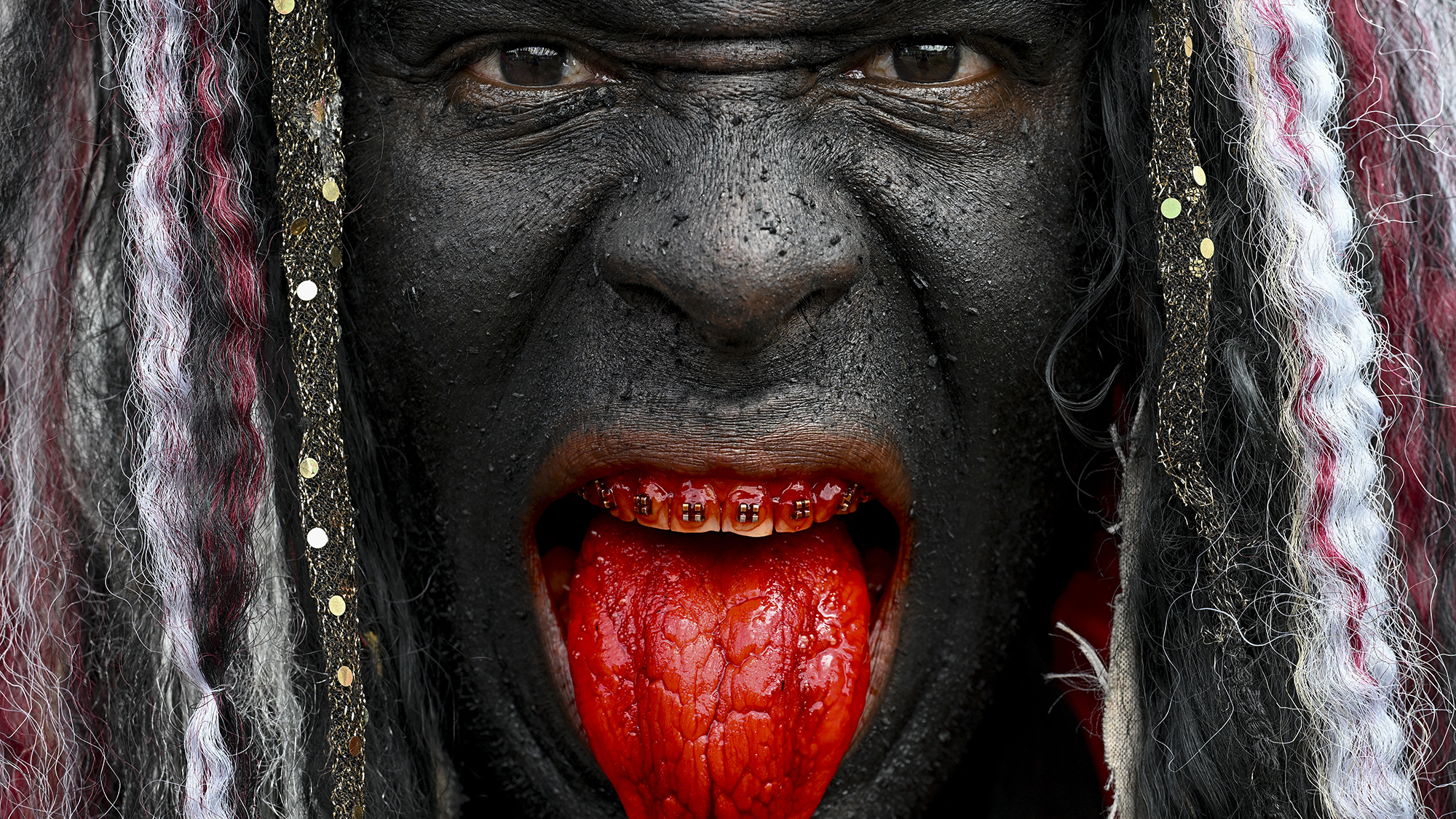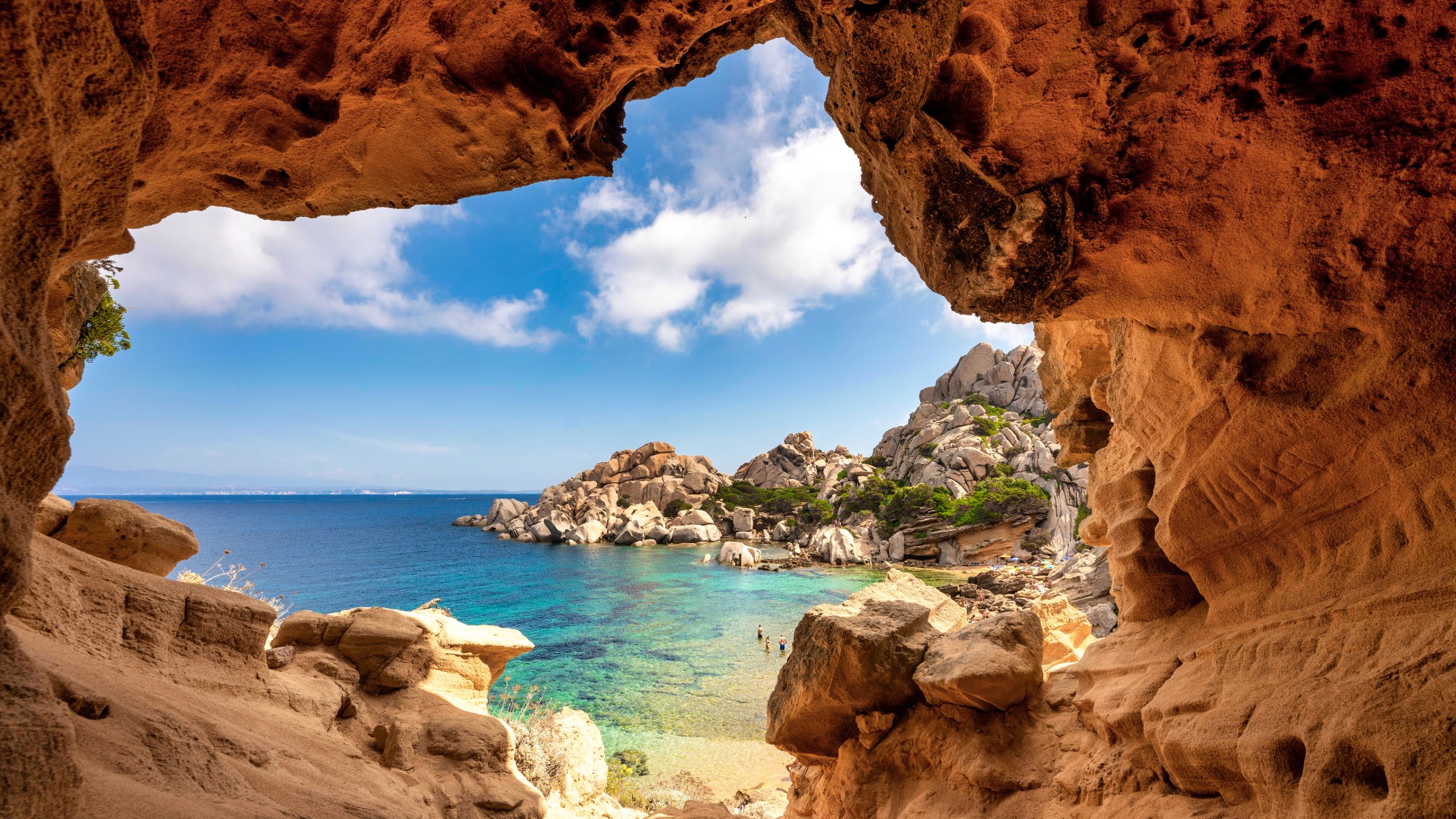What is the oldest material on Earth?
New research reveals that grains in meteorite that hit our planet 50 years ago predate the Solar System

The oldest material known to exist on Earth has been discovered in a rock that crashed into rural southeastern Australia in 1969, scientists have announced.
The researchers say the meteorite contains “pre-solar grains” that date back to up to seven million years before the birth of our solar system, Al Jazeera reports.
“They’re solid samples of stars, real stardust,” says Philipp Heck, the lead author of a paper on the study published in the journal Proceedings of the National Academy of Sciences.
The Week
Escape your echo chamber. Get the facts behind the news, plus analysis from multiple perspectives.

Sign up for The Week's Free Newsletters
From our morning news briefing to a weekly Good News Newsletter, get the best of The Week delivered directly to your inbox.
From our morning news briefing to a weekly Good News Newsletter, get the best of The Week delivered directly to your inbox.
So just what have scientists found?
Five decades ago, a lump of space rock dubbed the Murchison meteorite crashed near the town of the same name in the Australian state of Victoria. In the years since, different teams of researchers have probed the rock in a series of studies to identify its organic compounds and other properties.
About 30 years ago, scientists established that the meteorite contained pre-solar grains - described by science news site New Atlas as “tiny grains of silicon carbide older than the Sun”.
But the exact age of the material has only now been determined.
A free daily email with the biggest news stories of the day – and the best features from TheWeek.com
This week, scientists revealed that an analysis of 40 of the tiny dust grains show that most are between 4.6 and 4.9 billion years old, while the oldest date back about seven billion years - about 2.5 billion years before the Sun, the Earth and rest of our solar system formed.
–––––––––––––––––––––––––––––––For a round-up of the most important stories from around the world - and a concise, refreshing and balanced take on the week’s news agenda - try The Week magazine. Start your trial subscription today –––––––––––––––––––––––––––––––
How did they date the stardust?
“It starts with crushing fragments of the meteorite down into a powder,” explains Jennika Greer, a graduate student who works alongside study author Heck at the University of Chicago and the city’s Field Museum. “Once all the pieces are segregated, it’s a kind of paste, and it has a pungent characteristic - it smells like rotten peanut butter.”
This paste was then dissolved with acid until only the pre-solar grains remained. “It’s like burning down the haystack to find the needle,” says Heck.
Once the grains were isolated, the researchers calculated their age by measuring their exposure to cosmic rays - “high-energy particles that fly through our galaxy and penetrate solid matter”, he explains.
“Some of these cosmic rays interact with the matter and form new elements. And the longer they get exposed, the more those elements form,” Heck continues. “I compare this with putting out a bucket in a rainstorm. Assuming the rainfall is constant, the amount of water that accumulates in the bucket tells you how long it was exposed.”
The team “look forward to all of these discoveries furthering our knowledge of our galaxy”, reports Science Daily.
“With this study, we have directly determined the lifetimes of stardust,” says Heck. “We hope this will be picked up and studied so that people can use this as input for models of the whole galactic life cycle.”
-
 The week’s best photos
The week’s best photosIn Pictures A new year dawns, a volcano yawns, and more
-
 8 incredible destinations to visit in 2026
8 incredible destinations to visit in 2026The Week Recommends Now is the time to explore Botswana, Mongolia and Sardinia
-
 Wave of cancellations prompt Kennedy Center turmoil
Wave of cancellations prompt Kennedy Center turmoilIN THE SPOTLIGHT Accusations and allegations fly as artists begin backing off their regularly scheduled appearances
-
 What will happen in 2026? Predictions and events
What will happen in 2026? Predictions and eventsIn Depth The new year could bring peace in Ukraine or war in Venezuela, as Donald Trump prepares to host a highly politicised World Cup and Nasa returns to the Moon
-
 How Bulgaria’s government fell amid mass protests
How Bulgaria’s government fell amid mass protestsThe Explainer The country’s prime minister resigned as part of the fallout
-
 Femicide: Italy’s newest crime
Femicide: Italy’s newest crimeThe Explainer Landmark law to criminalise murder of a woman as an ‘act of hatred’ or ‘subjugation’ but critics say Italy is still deeply patriarchal
-
 Brazil’s Bolsonaro behind bars after appeals run out
Brazil’s Bolsonaro behind bars after appeals run outSpeed Read He will serve 27 years in prison
-
 Americans traveling abroad face renewed criticism in the Trump era
Americans traveling abroad face renewed criticism in the Trump eraThe Explainer Some of Trump’s behavior has Americans being questioned
-
 Nigeria confused by Trump invasion threat
Nigeria confused by Trump invasion threatSpeed Read Trump has claimed the country is persecuting Christians
-
 Sanae Takaichi: Japan’s Iron Lady set to be the country’s first woman prime minister
Sanae Takaichi: Japan’s Iron Lady set to be the country’s first woman prime ministerIn the Spotlight Takaichi is a member of Japan’s conservative, nationalist Liberal Democratic Party
-
 Russia is ‘helping China’ prepare for an invasion of Taiwan
Russia is ‘helping China’ prepare for an invasion of TaiwanIn the Spotlight Russia is reportedly allowing China access to military training